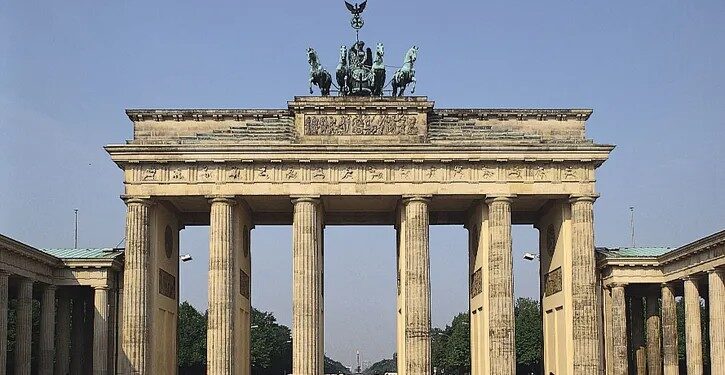The reunification of Germany on October 3, 1990, marked a pivotal moment in world history, symbolizing the end of the Cold War and the dawn of a new era in Europe. For 45 years, Germany had been divided into two separate states: the Federal Republic of Germany (West Germany) and the German Democratic Republic (East Germany), a split that epitomized the broader division between the capitalist West and the communist East.
The path to reunification began with the peaceful revolution in East Germany in 1989. As the Soviet Union’s grip on Eastern Europe weakened under Mikhail Gorbachev’s policies of glasnost and perestroika, calls for reform and freedom grew louder. On November 9, 1989, the Berlin Wall—the most potent symbol of the Cold War division—fell, as East German authorities announced that all GDR citizens could visit West Germany and West Berlin.
This momentous event set in motion a rapid process of political and economic integration. The “Two Plus Four Agreement” between the two German states and the four Allied powers (France, the Soviet Union, the United Kingdom, and the United States) paved the way for full German sovereignty. Meanwhile, West German Chancellor Helmut Kohl’s government worked tirelessly to create a framework for unification.
The reunification process was not without challenges. The integration of two vastly different economic systems proved complex and costly. East Germany’s planned economy had to be rapidly transformed into a market economy, leading to widespread unemployment and economic dislocation in the East. Cultural differences and a sense of “Ostalgie” (nostalgia for aspects of life in East Germany) also emerged as social challenges.
Despite these difficulties, the reunification of Germany stands as a remarkable achievement in modern history. It brought an end to decades of division, restored Berlin as the capital of a united Germany, and positioned the country as a leading power in the European Union. The fall of the Berlin Wall and German reunification also catalyzed further democratic changes across Eastern Europe, reshaping the continent’s political landscape.
Today, while some disparities between eastern and western Germany persist, the country has made significant strides in integration. The reunification of Germany not only healed a nation torn apart by the Cold War but also symbolized the triumph of democracy and the power of peaceful revolution.
newshub











Recent Comments